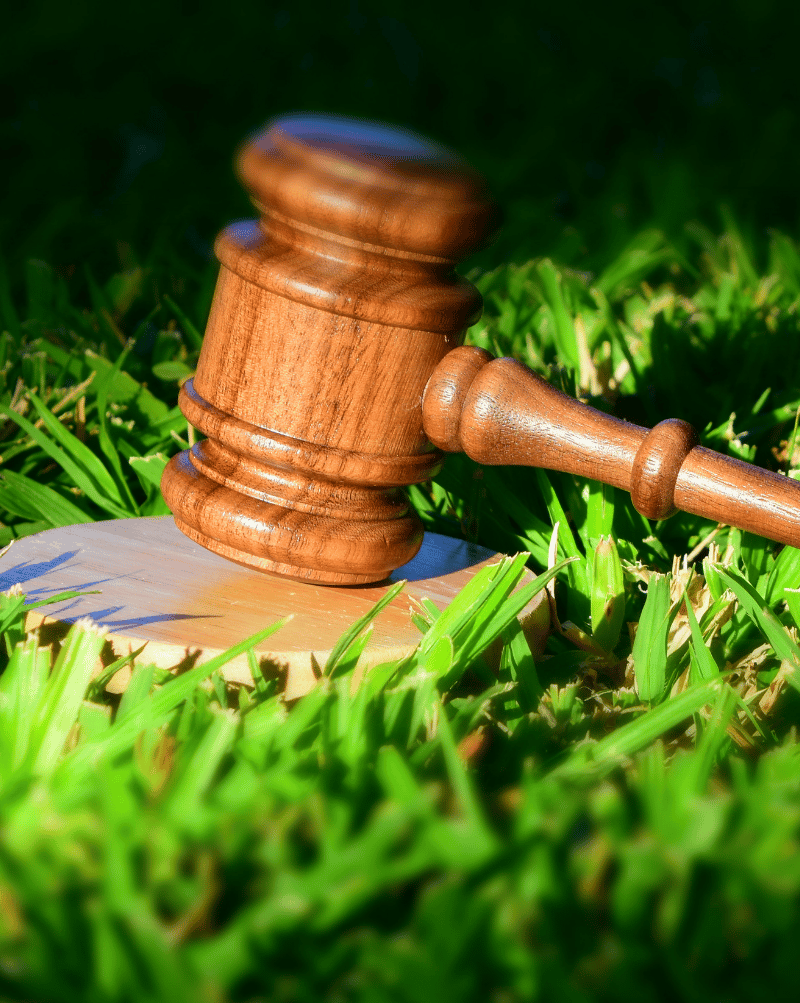Introduction
The world we live in is shaped by complex interconnections between various sectors and industries. Among these, the environment, insurance, and legal advocacy are crucial players that not only influence each other but also impact the well-being of societies and the planet at large. This article delves into the intricate relationship between these three components, exploring how they intersect, collaborate, and sometimes clash to address environmental issues, ensure financial protection, and advocate for justice.
I. The Environment and Its Challenges
The environment forms the very foundation of life on Earth, encompassing the air, water, land, and all living organisms. However, over the past few decades, the planet has faced unprecedented challenges due to human-induced activities, such as deforestation, pollution, climate change, and habitat destruction. These issues have far-reaching consequences, affecting everything from biodiversity loss to extreme weather events and rising sea levels.
II. Insurance in the Face of Environmental Risks
As environmental risks have intensified, the insurance industry has had to adapt and respond to new challenges. Insurers now have to assess and underwrite policies that account for environmental threats, such as natural disasters, property damage caused by climate change, and potential liabilities arising from environmental pollution.
Insurers have also recognized the importance of promoting sustainable practices to reduce environmental risks. Many have adopted green initiatives, offering incentives to policyholders who implement eco-friendly measures, encouraging the adoption of renewable energy, and providing coverage for green technologies.
III. The Role of Legal Advocacy in Environmental Protection
Environmental legal advocacy plays a pivotal role in safeguarding the environment and holding polluters accountable. Environmental lawyers and advocacy groups work to enforce and strengthen environmental laws and regulations, challenge harmful practices, and represent communities affected by environmental degradation.
Through strategic litigation, legal advocates have been instrumental in forcing corporations to clean up pollution, pushing for stricter regulations, and preserving natural habitats. They act as watchdogs, ensuring that governments and businesses comply with environmental laws and that the rights of vulnerable communities are protected.
IV. The Nexus: Environmental Liability Insurance
The nexus between the environment and insurance is evident in the form of environmental liability insurance. This specialized type of insurance helps businesses mitigate financial risks associated with environmental damage or pollution. Environmental liability insurance covers the costs of environmental cleanup, legal fees, and damages, protecting businesses from potentially crippling financial consequences.
For example, if a company inadvertently pollutes a nearby water source, leading to environmental contamination, the resulting cleanup costs and legal claims can be astronomical. Environmental liability insurance steps in to provide financial support, allowing the business to fulfill its responsibilities while minimizing the impact on its financial stability.
V. Legal Advocacy and Insurance Claims
Legal advocacy often plays a critical role in insurance claims related to environmental issues. When environmental disasters strike, insurance companies might initially resist paying out claims due to various reasons, such as policy interpretations or alleged negligence. In such cases, legal advocates can represent policyholders to ensure they receive fair compensation for the damages incurred.
Additionally, legal advocates might pursue class-action lawsuits against industries or corporations responsible for widespread environmental harm. These cases seek not only compensation for affected individuals but also systemic changes to prevent future occurrences.
VI. Collaborative Solutions for a Sustainable Future
The interplay between the environment, insurance, and legal advocacy offers opportunities for collaboration in creating a sustainable future. Insurers can partner with environmental organizations and legal advocates to develop policies that incentivize eco-friendly practices, encourage corporate responsibility, and promote renewable energy adoption.
Furthermore, legal advocates can work with insurance companies to establish clear guidelines and ensure that environmental liability policies are comprehensive and robust. This collaboration helps align the interests of businesses, insurers, and environmental protection, ultimately benefiting society as a whole.
Conclusion
The intricate relationship between the environment, insurance, and legal advocacy is an essential aspect of addressing environmental challenges in the modern world. As environmental risks continue to evolve, cooperation and coordination between these sectors become even more crucial. By working together, they can help protect the environment, provide financial security, and advocate for justice, fostering a sustainable and equitable future for generations to come.

